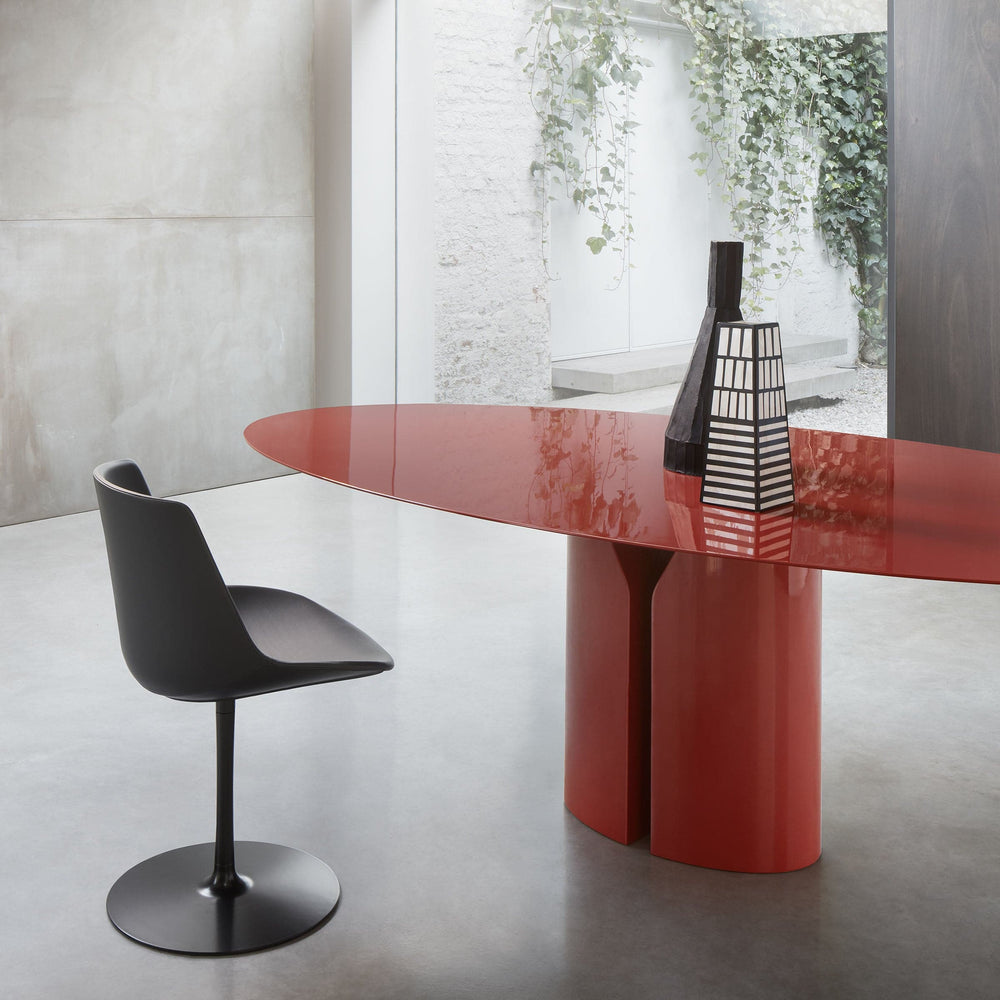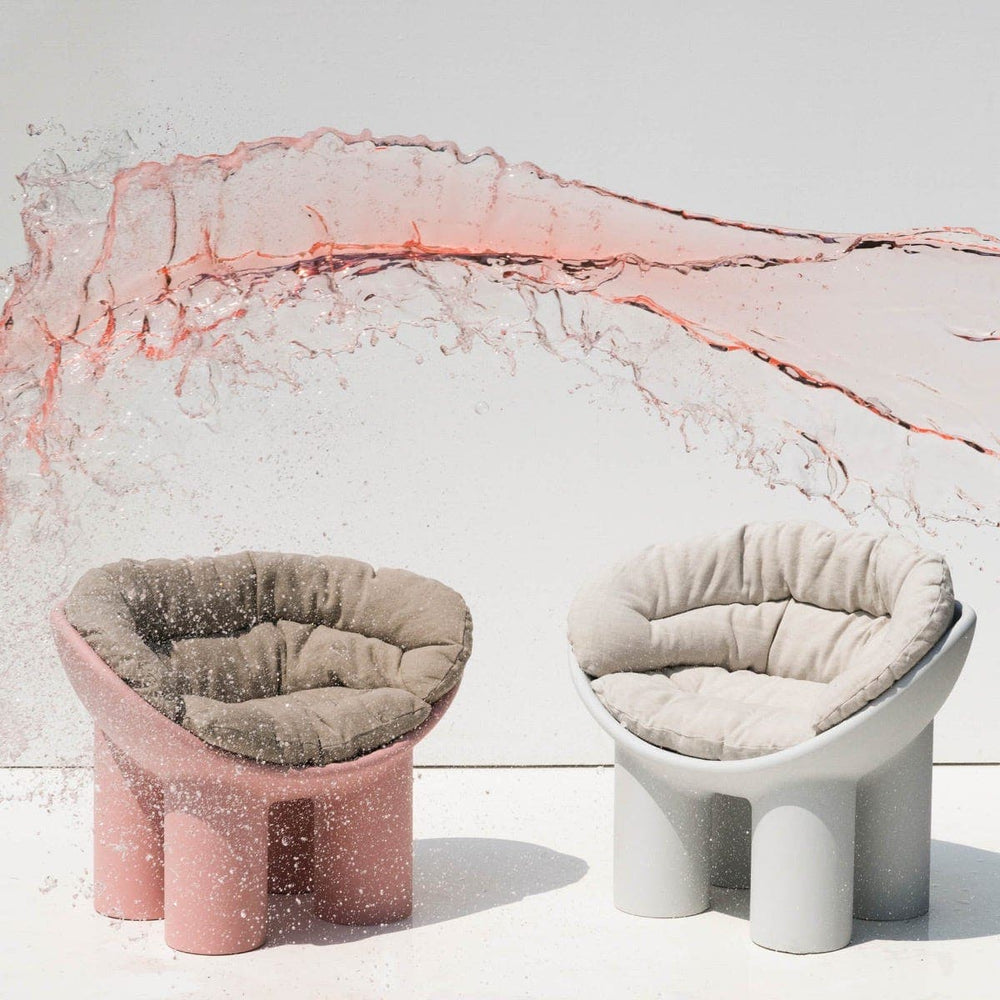BIBLIOTHÈQUES & ÉTAGÈRES À LIVRES
La Liste n°3

The October month List is about bookcases and bookshelves. They are the display cases of life and of the person who lives in that space: beloved books, special gifts, collections or small decorative objects. Only when bookshelves are full can they truly express themselves.
Image de couverture : Barthélemy d'Eyck, Nature morte avec livres dans une niche, 1442-1445, huile sur toile, 30 x 56 cm, Rijksmuseum, Amsterdam
Il n'a pas été facile de créer cette liste. Comme toutes les listes, celle-ci ne peut et ne doit pas être exhaustive, car comme l'a dit l'écrivain Mario Soldati, « qui veut tout ne veut rien ». Je présente donc mes excuses aux centaines d'autres bibliothèques, étagères et systèmes de rangement importants dans l'histoire qui ne seront pas mentionnés ici. Mais c'est la beauté des listes : elles peuvent être infinies.
BIBLIOTHÈQUES TROMPE L’OEIL
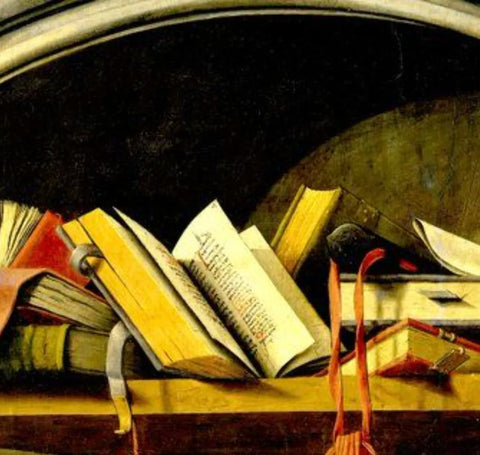
Giuseppe Maria Crespi, Étagères, 1725, huile sur toile, International museum and library of music of Bologna
Les peintures en trompe-l'œil peuvent rendre n'importe quel environnement magique, offrant l'illusion d'être dans un espace ou un temps différent à travers des paysages, de l'architecture, des jeux de lumière et d'ombre, créant une illusion de réalité. Le terme dérive du français tromper, car il « trompe » l'œil dans une illusion optique capable de transformer les espaces ou les meubles, comme dans ce cas.
UNE BIBLIOTHÈQUE FAITE DE LUMIÈRE
Dan Flavin, Icons, Room of Lights, vers 1963. Collection permanente à la Villa Panza à Biumo, Varèse (Italie).
Imaginez une bibliothèque faite de lumière. Elle existe, grâce à Dan Flavin, un artiste minimaliste qui a cessé de peindre dans les années 1960 pour se concentrer sur des sculptures fluorescentes et la perception des environnements et des couleurs à travers l'installation de sculptures lumineuses au néon sans structure métallique.Lumière diffuse. Lignes verticales, diagonales et horizontales. La lumière, et rien d'autre, qui s'impose dans une composition chromatique surprenante.
Si vous voulez voir par vous-même, visitez la Villa Panza di Biumo, une maison-musée historique à Varèse désormais propriété du Fonds pour l'Environnement Italien (FAI).
FUTURISME. LA COULEUR DE LA VITESSE
Bureau et couloir de la maison de Giacomo Balla à Rome, Italie, 1929.
Le futurisme était un mouvement artistique, littéraire et social né en Italie au début du XXe siècle, mettant l'accent sur des thèmes liés au progrès et à ses inventions révolutionnaires. Avec des couleurs chaudes et audacieuses comme le jaune, l'orange et le rouge en contraste avec le métal, les futuristes s'exprimaient dans tous les domaines de l'art : peinture, sculpture, céramique, design graphique, design industriel, architecture, théâtre, cinéma, mode, littérature, musique, urbanisme, et même la gastronomie.
« Ils vivaient et travaillaient dans le même espace, et leur monde dépassait la toile, au-delà des cadres, envahissant murs, meubles, céramiques et vêtements, » déclare Domitilla Dardi, co-commissaire avec Bartolomeo Pietromarchi de Casa Bella. "Dalla casa all’universo e ritorno", un projet double dans lequel la maison de Giacomo Balla est ouverte au public et une exposition lui est dédiée au musée MAXXI à Rome.
« Balla, » ajoute Dardi dans une interview avec Elle Decor cette année, « était bien plus un designer que d'autres progressistes ultérieurs et ce n'est pas un hasard s'il, le Futurisme et Depero ont été la base des designers des années 1960 et 1970, comme Alessandro Mendini, Andrea Branzi, Ettore Sottsass et d'autres. »
Un incontournable, c'est certain.
BIBLIOTHÈQUE CARLTON PAR MEMPHIS GROUP
(Photo de Jacques Schumacher)

Un chef-d'œuvre et symbole du collectif Memphis de designers et créateurs d'œuvres d'art de collection qui ont révolutionné le design dans les années 1980. Fondé à Milan en 1981 par Ettore Sottsass, le Memphis Group fut un phénomène culturel qui a réuni des architectes et designers internationaux.
La bibliothèque Carlton a une forme presque humaine, ressemblant presque à un homme avec les bras levés et les jambes écartées, et peut être utilisée comme bibliothèque ou cloison. Ses étagères colorées sont disposées comme un château de cartes, une pièce apparemment instable qui constitue un meuble spectaculaire.

Memphis a transformé le visage du mobilier moderne de l'époque en concevant des objets avec une profondeur symbolique, émotionnelle et rituelle. Ils étaient des symboles totémiques d'un design plus ludique, coloré et créatif, en contraste avec les formes plus sévères du modernisme, redécouvrant des décorations du passé et d'autres cultures. Au début des années 1980, le designer Karl Lagerfeld a transformé son appartement à Monte Carlo en une exposition de meubles iconiques Memphis.
GÉNIE DE LA BIBLIOTHÈQUE MODULAIRE PAR JOE COLOMBO


LE PREMIER SYSTÈME D'ÉTAGÈRES FLEXIBLE
Charles et Ray Eames, Unité de rangement Bibliothèque, USA 1956, Herman Miller, aujourd'hui produite par Vitra ; Case Study House, Pacific Palisades, Californie 1949, vue extérieure de la maison et détail du salon. Photo par Herman Miller

C'est un produit classique car il peut être facilement reproduit à l'échelle industrielle. Il possède une structure minimale en métal galvanisé qui peut être ajustée en hauteur pour n'importe quel espace et peut accueillir des livres ou d'autres objets ainsi que contenir des bacs et des tiroirs en différents matériaux. Sur la photo ci-dessus, la bibliothèque se trouve dans la maison privée du couple créatif Eames.

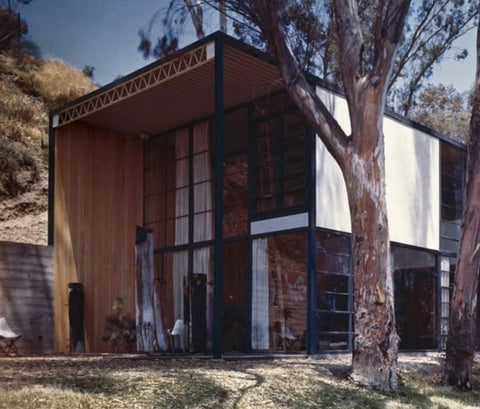
LA PREMIÈRE BIBLIOTHÈQUE CRÉÉE SUR LE CONCEPT D'UNE ÉCHELLE

Quand on a demandé à Vico Magistretti quel était le concept de Nuvola Rossa, il a répondu : « Moins c'est plus », comme l'a écrit Mies van der Rohe. Toujours moins et toujours plus. Un objet simple, mais qui n'est pas seulement un jeu mais une façon de penser.
Cette bibliothèque a été créée grâce aux recherches antérieures du designer, car il voulait concevoir quelque chose d'extrêmement abordable en éliminant autant d'éléments structurels que possible. Ce fut la première bibliothèque créée sur le concept d'une échelle.
VOUS SOUVENEZ-VOUS DE MECCANO ?

Meccano était le jeu de construction inventé en 1901 à Liverpool par le grand inventeur Frank Hornby et s'appelait à l'origine Mechanics Made Easy avant d'être breveté. C'était un jeu qui, avec ses bandes métalliques, vis et boulons, vous faisait sentir comme un ingénieur, vous donnant la possibilité de créer des ponts, des machines et des robots.
Qui sait combien de designers ont découvert leur vocation enfants avec ce jeu amusant. C'était éducatif, enseignait les principes de base de la mécanique, et a été l'inspiration pour Eret, une console faite de tiges en acier inoxydable perforées et de boulons avec des étagères réglables.
Une pièce intelligente. Comme Meccano.

BRILLANTE BIBLIOTHÈQUE EN ACIER EN FORME DE SPIRALE
Ron Arad, prototype de la bibliothèque This Mortal Coil, 1993, collection privée, et bibliothèque Bookworm 8005, Kartell, Italy, 1994


Cette brillante bibliothèque en forme de spirale en acier a été créée par le designer israélien Ron Arad, qui a toujours été quelque part entre le design industriel et l'art contemporain. Il casse les codes avec ses créations, utilisant la pensée latérale et nous éloignant de la croyance qu'une bibliothèque ne doit avoir que des étagères horizontales.

This Mortal Coil était le prototype de la bibliothèque ironique Bookworm. Avec la flexibilité et la personnalisation comme qualités les plus recherchées dans le design aujourd'hui, il n'y a peut-être pas de bibliothèque plus « libre » que celle-ci, car elle laisse une grande place à l'imagination lors de son assemblage.
Le polymère thermoplastique complexe de Kartell joue certainement un rôle fondamental en raison de sa résistance et durabilité extrêmes.
Le nom « Bookworm » est également approprié, évoquant l'image d'un petit ver qui spirale le long d'un livre, dévorant son contenu, tout comme ceux qui aiment lire.
SAPIENS LA BIBLIOTHÈQUE INVISIBLE
Bruno Rainaldi, présentoir à livres Sapiens, BBB Italia ; image de la bibliothèque personnelle de Karl Lagerfeld à Paris.

Beaucoup d'entre nous ont beaucoup trop de livres chez eux. J'en ai des centaines posés sur le sol, créant des tables de chevet ou des tables uniques. L'espace se réduit de plus en plus, et franchement, il devient difficile de les retrouver. Certains savent organiser rationnellement leurs livres par éditeur ou par sujet, et les livres posés à l'horizontale facilitent leur consultation.
Le styliste et photographe Karl Lagerfeld possédait une immense bibliothèque de plus de 300 000 volumes dans son appartement parisien, et tous ses livres étaient posés à l'horizontale. De fines étagères en acier étaient fixées aux murs, avec des espaces plus courts que pour les bibliothèques normales, ce qui facilitait la prise d'un livre plus bas dans la pile.

C'est pourquoi la bibliothèque Sapiens de Rainaldi est si innovante. Conçue pour ce type de rangement horizontal de livres, c'est une structure verticale autoportante avec des étagères métalliques peintes avec un revêtement en poudre époxy, et elle peut être placée n'importe où dans une pièce pour garder vos livres à portée de main. Disponible en plusieurs hauteurs, elle est parfaite pour tout espace.
BIBLIOTHÈQUES, DESIGN OU ART ?
Pierre Paulin, bibliothèque Elysée, Magis, Italie, 2009

PORTE-LIVRES QUI TIENNE DEBOUT
Bruno Rainaldi, porte-livres B.Blos, BBBItalia, Italie
Bruno Rainaldi se définissait ironiquement comme un « designer de trottoir », faisant allusion au fait qu'il était autodidacte. Il aimait lire et était un collectionneur passionné de livres, qu'il utilisait comme source d'inspiration pour son travail de designer et directeur artistique. Il a ensuite fini dans le monde du marketing innovant avec de nouvelles façons de vendre le design (à Milan, avec la célèbre boutique High Tech qu'il dirigeait avec succès, et sa collaboration avec Maddalena De Padova).

À propos de ce porte-livres et des autres qu'il a conçus, il écrivait : « Des piles de livres sur les tables du bureau, tellement nombreuses qu'il fallait les contourner avec un chiffon à poussière. Des livres empilés sur les tables de la maison, et il fallait les déplacer pour mettre la table. Une pile sur la table de chevet gauche et sur le sol à côté du lit. Quelques-uns empilés à droite aussi. Des livres empilés dans les interstices entre les livres organisés sur les étagères. Assez ingérable […] C'est ma maison. C'est vrai pour toutes les maisons où l'on se nourrit de livres, un soutien essentiel dans la vie. »
Je l'ai rencontré dans les années 1990 avec Enrico Baleri, avec qui il travaillait à l'époque. Je me souviens de Rainaldi comme étant gentil, sincère, sec et très vif d'esprit.
UNE BIBLIOTHÈQUE EN VERRE ET BOIS
Franco Albini, bibliothèque 838 Veliero, Cassina, Italie, 1940
Cette bibliothèque visionnaire incarne la pensée et la recherche du grand architecte Franco Albini.

Un clin d'œil évident à la menuiserie nautique, cette pièce évoque les haubans d'un voilier, avec des étagères en verre fines qui semblent presque flotter dans l'espace, défiant les lois de la gravité. Cette bibliothèque était très expérimentale et typique du travail d'Albini, qui recherchait perpétuellement la légèreté.

Il a créé une pièce unique pour sa maison privée à Milan, et ce n'est qu'en 2011 que Cassina a décidé de la recréer, en laissant ses valeurs intrinsèques intactes.

SIMPPLICITÉ QUI CACHE LA COMPLEXITÉ
Franco Albini et Franca Helg, bibliothèque LB10, 1956-57, pour Poggi, maintenant produite par Cassina, Italie
Probablement la bibliothèque la plus célèbre de l'histoire du design, cette pièce possède une structure modulaire et autoportante. Franco Albini avait le don de faire paraître simples des choses techniquement complexes.

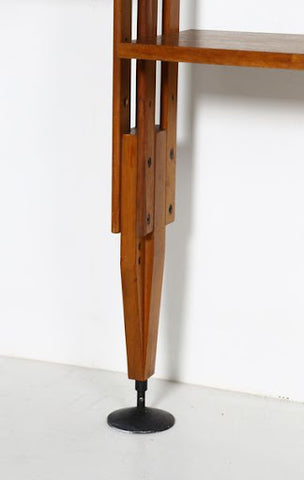
La présence légère et aérée de cette bibliothèque est sans pareille. Elle comprend des sections verticales de soutien, des unités de rangement et des étagères, et offre des combinaisons infinies. Les sections verticales réglables en hauteur peuvent être ajustées entre le sol et le plafond, ce qui facilite le montage, que ce soit contre un mur ou au milieu de la pièce.
Cassina produit cette bibliothèque depuis 2008.
Pour en savoir plus sur le travail de Franco Albini, réservez une visite guidée de la Fondation Franco Albini à Milan. Un voyage éclairant pour les passionnés de design : www.fondazionefrancoalbini.com
MEUBLES À BAS PRIX
Billy Liljendahl, système Billy, Ikea, Suède, 1979

Nommée d'après son créateur, la bibliothèque modulaire à bas coût « Billy » est la plus vendue au monde, avec environ une bibliothèque Billy pour 100 personnes dans le monde.
Initialement créée avec une finition chêne ou noyer, grâce à sa popularité elle est également devenue disponible en blanc, avec ou sans portes, et avec des profondeurs variées.
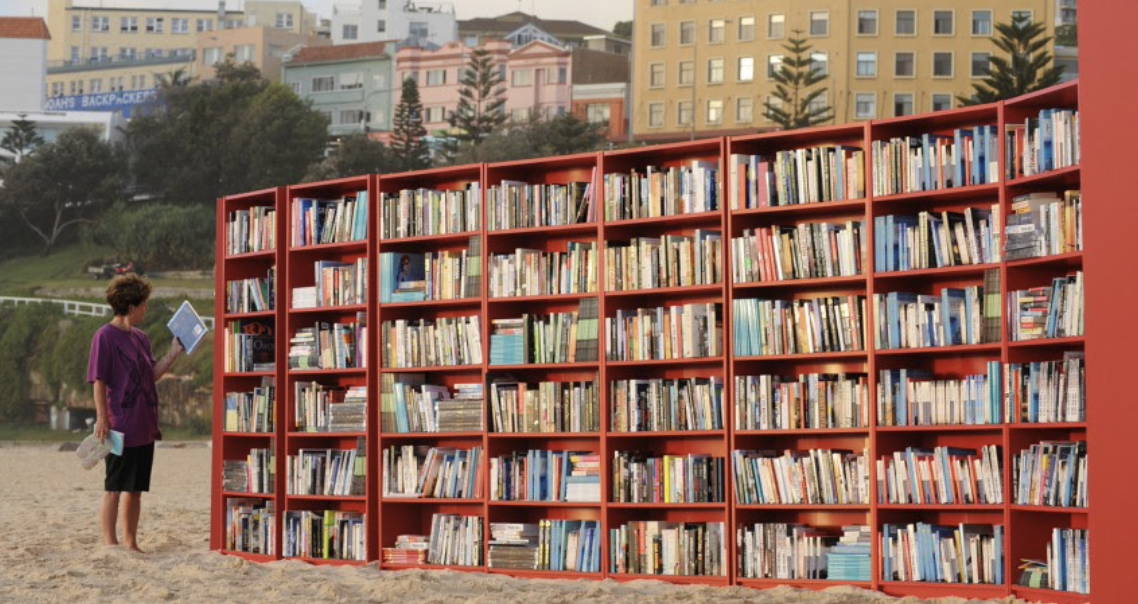
Facile à assembler, nous avons tous vu une bibliothèque Billy quelque part. C'est un classique qui peut aussi être combiné avec les pièces de design les plus sophistiquées. Après tout, Ikea est comme Zara : ils s'accordent bien avec des pièces de designer si vous savez comment les assortir. Et bien qu'on ne doive pas s'attendre à des performances sensationnelles, à la durabilité ou aux finitions, il offre un excellent rapport qualité-prix.
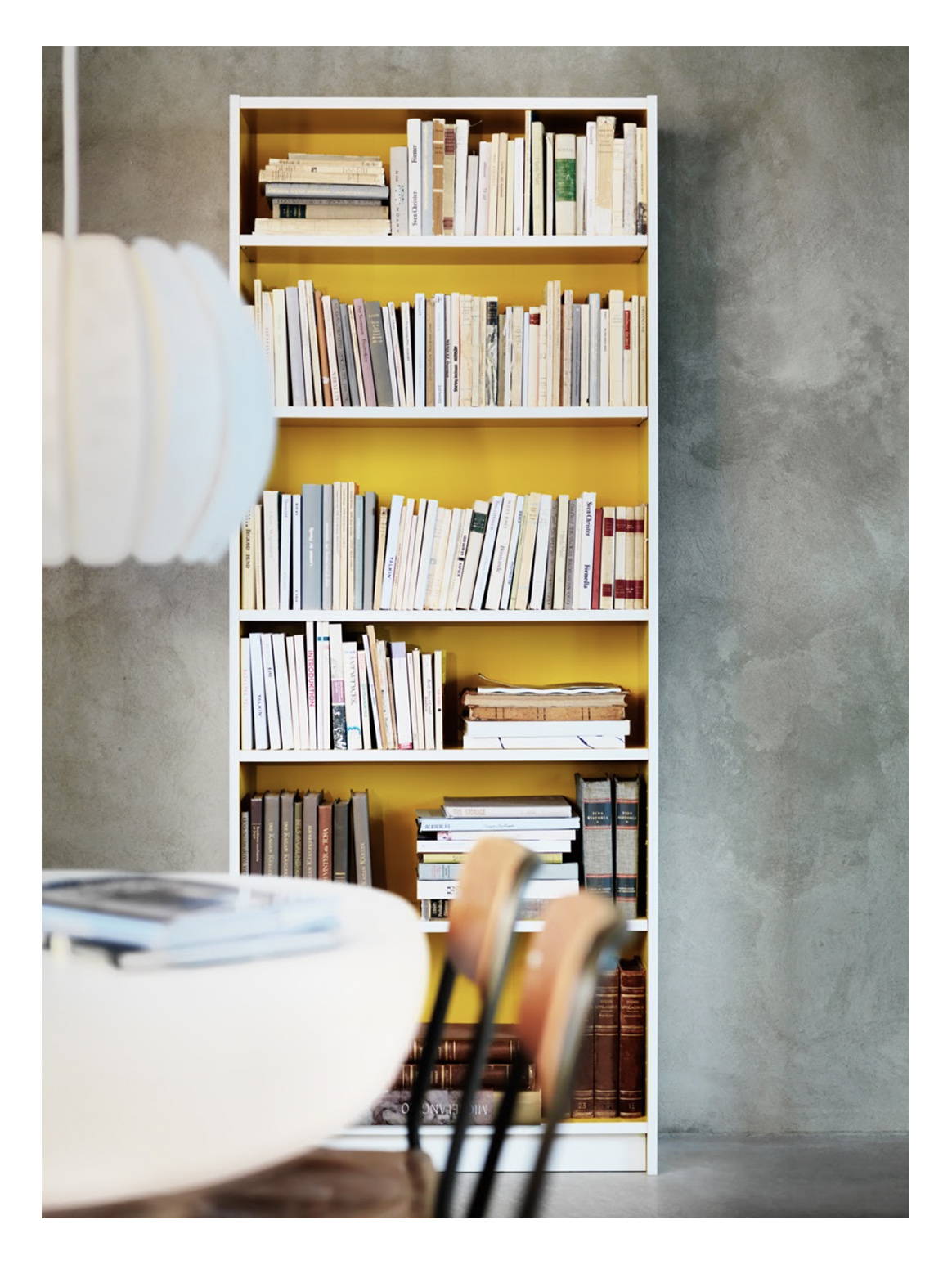
RANGEMENT
Système Expedit, années 1980, puis Kallax en 2014, Ikea, Suède
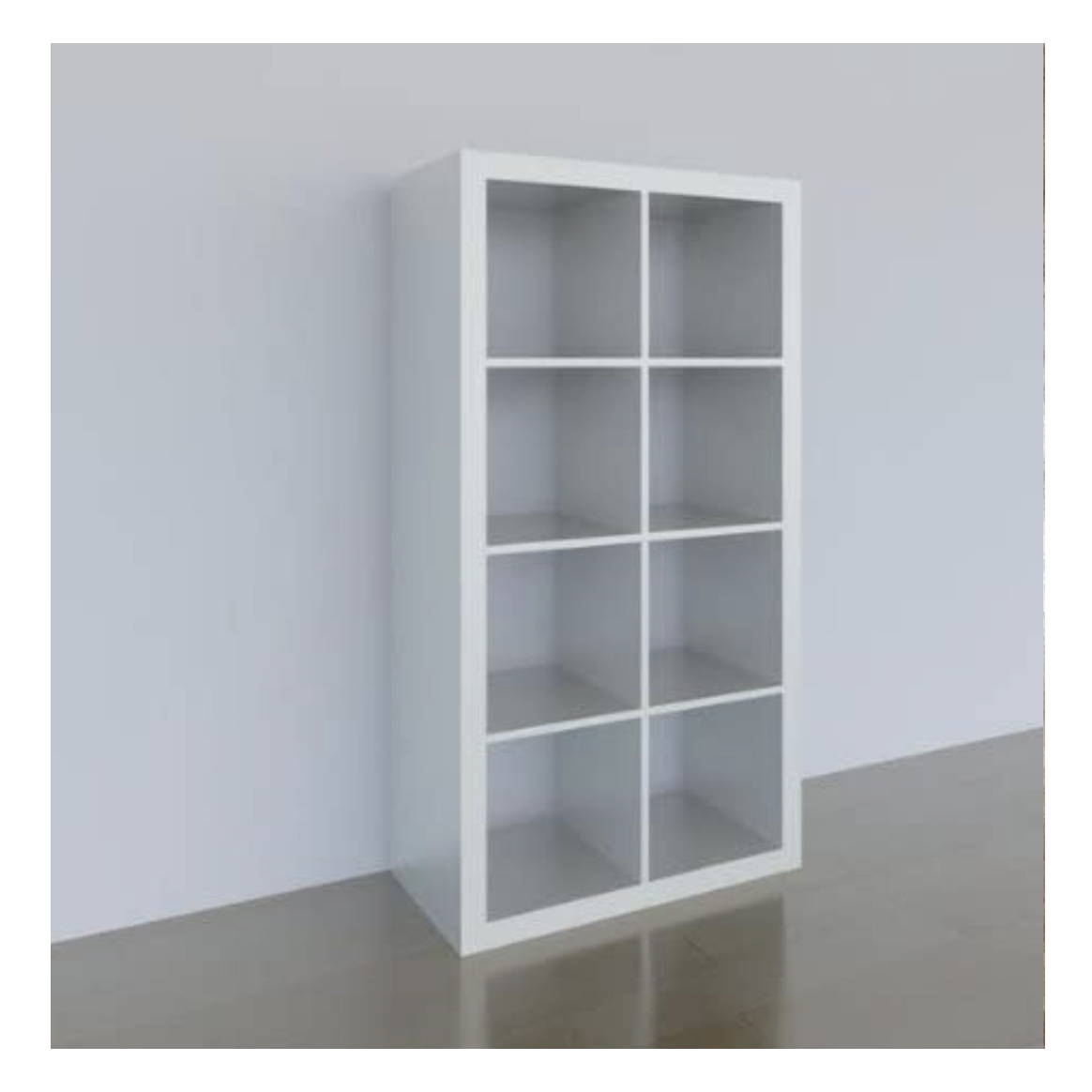
En avril 2014, la communauté mondiale des collectionneurs de disques s'est soulevée : Ikea avait annoncé qu'il allait arrêter la production de la bibliothèque Expedit, une pièce classique de la société suédoise présente dans ses catalogues depuis 2000.

STRUCTURE A NID D'ABEILLES
Ronan et Erwan Bouroullec, Cloud, Cappellini, Italy, 2004
Cette bibliothèque autoportante à double face fait forte impression. Ce qui est particulièrement intéressant, c'est qu'elle est entièrement modulaire et peut être assemblée de multiples façons grâce à ses sections indépendantes qui se clipsent ensemble.

MOINS, MAIS MIEUX
Dieter Rams, système d'étagères universel 606, pour Vistoe, 1959, distribué en Italie par De Padova
Ce système d'étagères a été conçu par le légendaire Dieter Rams, qui était à la tête de la société allemande Braun et était un designer industriel et expert en technologie accompli.


Philippe Starck, bibliothèque Mac Gee conçue pour Baleri Italia, Italie, 1984
Photo @designstreet
Ce fut l'un des premiers projets créés par Philippe Starck au début de sa carrière. Sa rencontre fortuite avec l'entrepreneur visionnaire et designer Enrico Baleri lui a offert l'opportunité d'entrer dans le monde du design italien.
Baleri était un magicien dans son travail, et grâce à ses valeurs fondamentales – authenticité, cohérence, discrétion, légèreté, évolution, écologie, ironie, internationalité et non-obsolescence – nous avons des pièces extraordinaires de ses créations dans des musées du monde entier.
La bibliothèque Mac Gee en fait partie et est un classique absolu. Une pièce modulaire offrant des possibilités infinies, elle possède un support central vertical en tôle d'acier fixé au mur, et cinq étagères de profondeurs décroissantes inspirées des hélices d'avion.

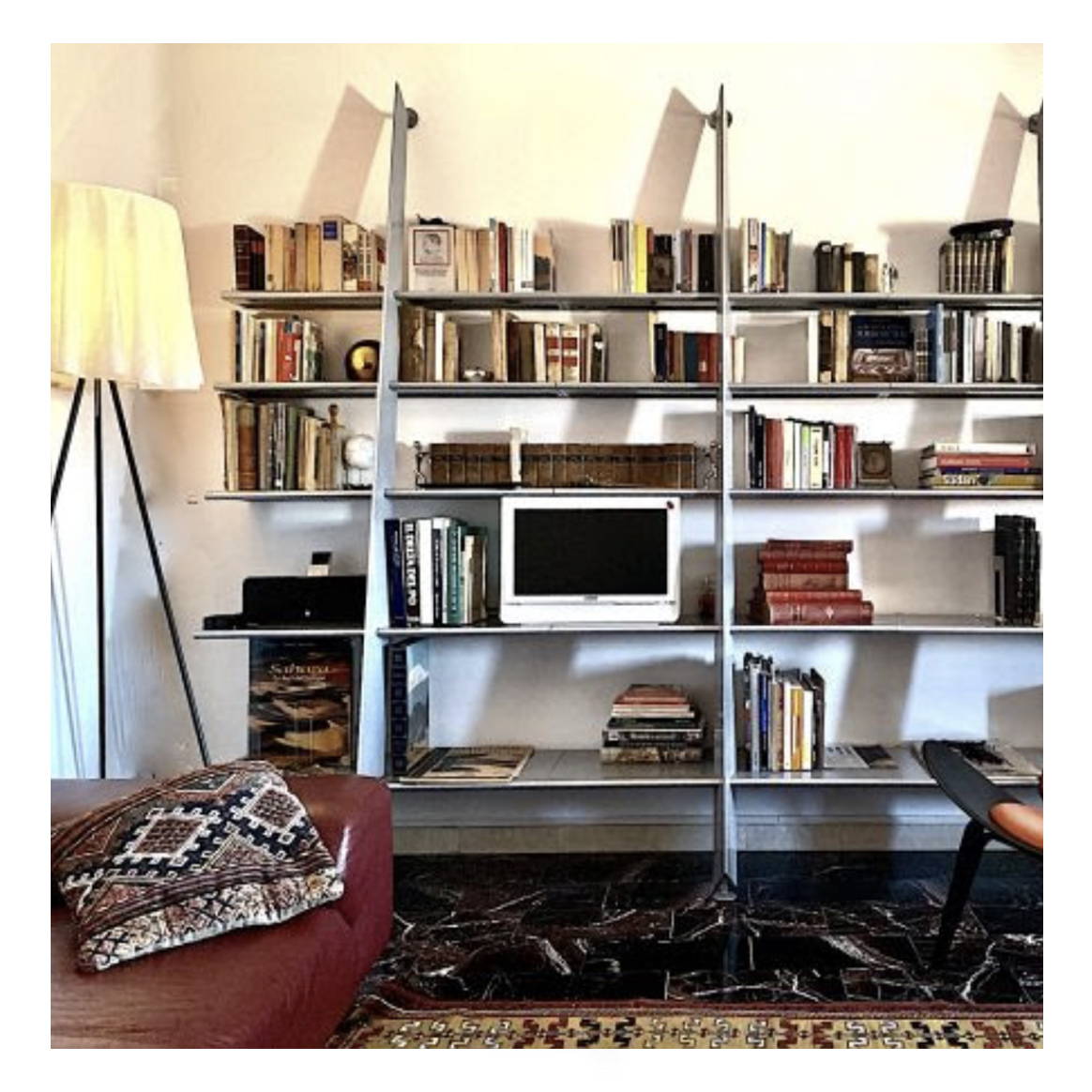
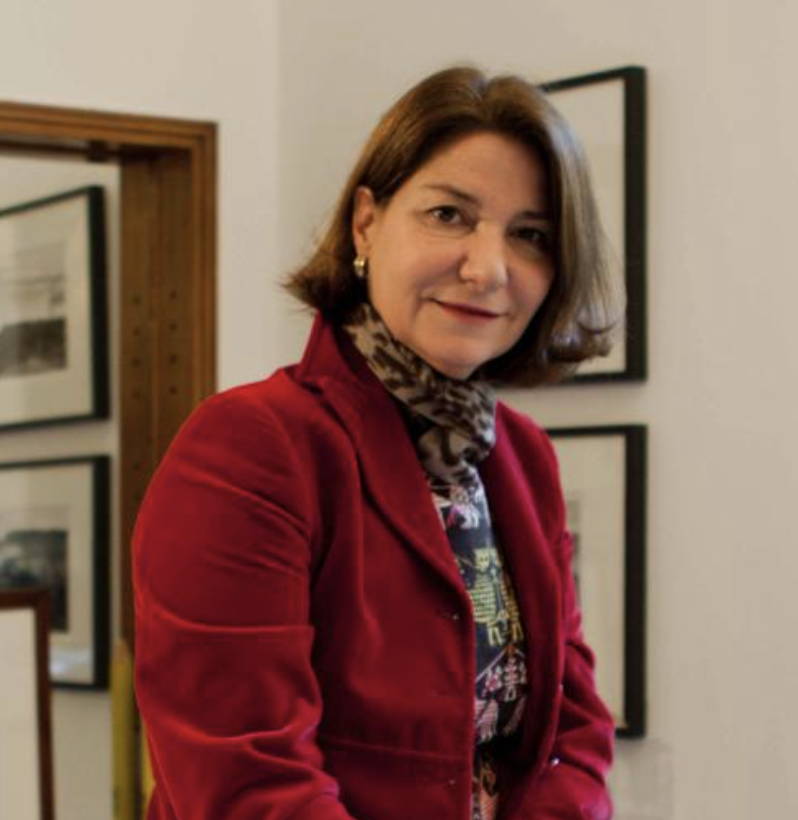
Qui est derrière la liste ?
Antonella Dedini est une architecte italienne, une designer d'intérieur et professeure universitaire.
En tant que curatrice de design, elle a fondé le Milano Design Film Festival, un événement reconnu internationalement qu'elle a co-organisé jusqu'en 2019. De plus, elle est l'auteure éditoriale d'un ouvrage unique et atypique Instagram profil nommé Deden Design List, fondée en septembre 2020, pour prouver que le bon Design améliore votre vie.
Depuis le 1er août 2021, elle collabore avec Design Italy pour établir une liste mensuelle par catégorie d'objets, de thèmes et d'espaces.
La Liste est une sélection éditoriale thématique d'environ 20 photos.
Gardons un œil sur la sélection d'Antonella chaque mois.







